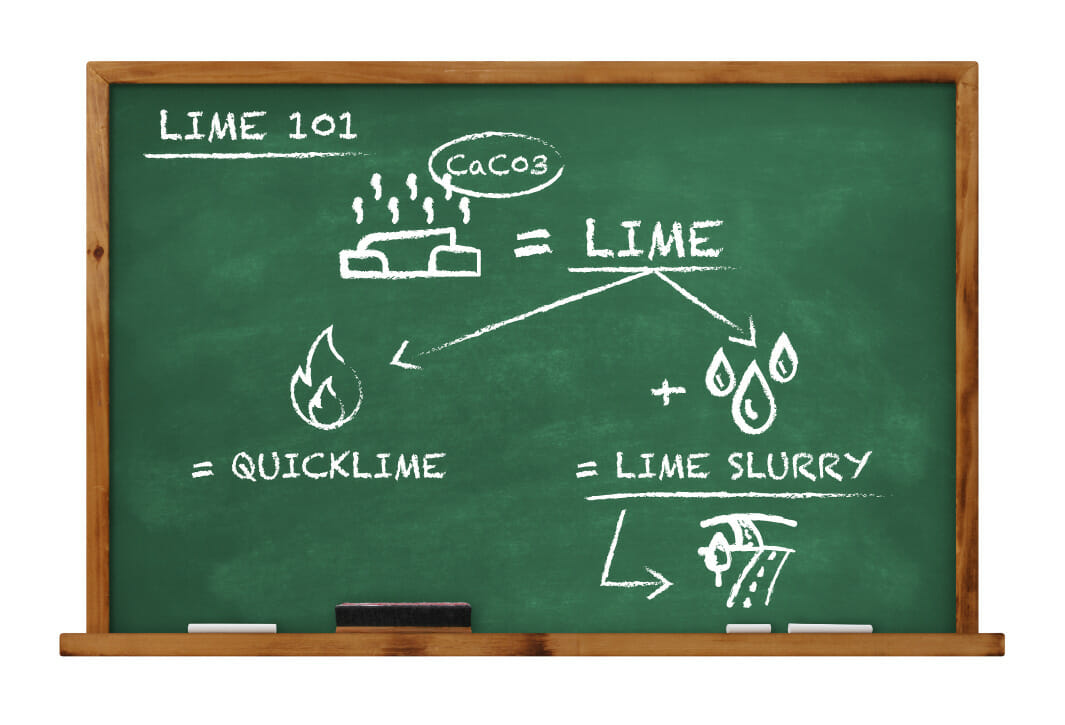
Did you know that Texas lays claim to the largest state highway system in the country? We’re talking nearly 314,000 miles of roadway to maintain. Last month, it was unveiled that over the next 10 years, The Texas Department of Transportation (TxDOT) will spend a record $100 billion on highway construction. This is $15 billion more than originally announced in August 2022 under the state’s 2023 Unified Transportation Program. The governor’s office categorized this as an “unprecedented level of projected transportation funding.”
On a national level, one initiative of the Inflation Reduction Act of 2022 is a $3 billion program that aims to rebuild and rework connections across highways and railroads, as well as redesign dangerous roads. Spending both nationally and statewide is anything but decreasing.
Texas’ economic growth especially depends largely on the reliability and efficiency of our highways. Maintaining current road conditions is one thing, but improving them is another. This begs the question: how many of our roads will still be on solid ground in the next 10, 20 or 30 years? We can confidently say that the roads built with lime will be.

To go back to the basics for a moment: lime is a chemical compound produced by burning limestone and other materials that contain calcium carbonate. When burned, these materials produce quicklime. When water is added, you get lime slurry. This product has numerous applications in the construction industry, namely road construction in Texas.
Texans deserve roads that endure. As the Lime Association of Texas, we want everyone in the Lone Star State to be aware of the massive benefits that lime can provide for road construction. Lime strengthens and stabilizes Texas’ clay-rich soil that is prone to swelling and shrinking. When lime is added to the soil, it increases its load-bearing capacity and reduces its susceptibility to moisture changes. When lime is added to asphalt mix, it increases the durability of the pavement. This gives Texas roads a firmer foundation. We all know that here in Texas where we have enough miles of road to go around the earth at the equator three times and then some, we need good roads. When roads are bad in Texas, anyone in a vehicle can feel it.
The bottom line: lime protects our investment in Texas roads.
Want to learn more about how lime impacts Texas’ roadways? Check this out.
Want to talk to our team about the most effective ways to use lime? Click here to contact us.
